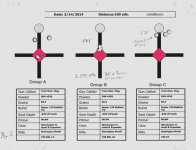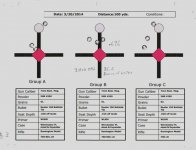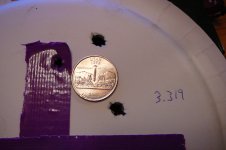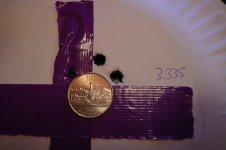I seem to remember reading on this forum someone mentioning a "rule of thumb" concerning the direction to go when looking at your groups. Trouble is I can't remember what was mentioned or whether anyone else would agree. I think it went something like:
1. If you have horizontal groups you should try increasing the powder charge.
2. If you have vertical groups you should try decreasing the powder charge.
Are there any such rules of thumb concerning powder charges and/or seating depths? And if there are any such rules of thumb, do you experienced shooters actually utilize them? Or, do experienced reloaders believe that every rifle and combination of components is a unique case and rules of thumb don't apply?
1. If you have horizontal groups you should try increasing the powder charge.
2. If you have vertical groups you should try decreasing the powder charge.
Are there any such rules of thumb concerning powder charges and/or seating depths? And if there are any such rules of thumb, do you experienced shooters actually utilize them? Or, do experienced reloaders believe that every rifle and combination of components is a unique case and rules of thumb don't apply?








